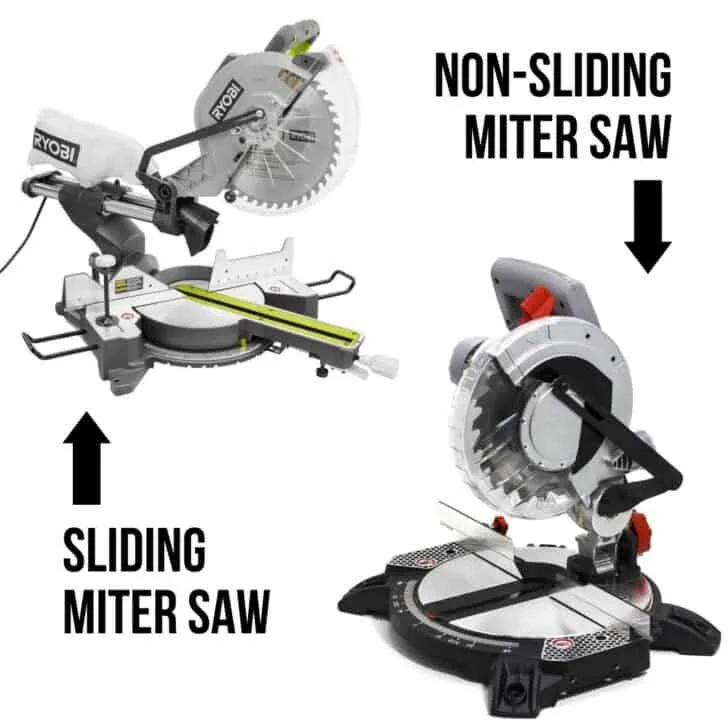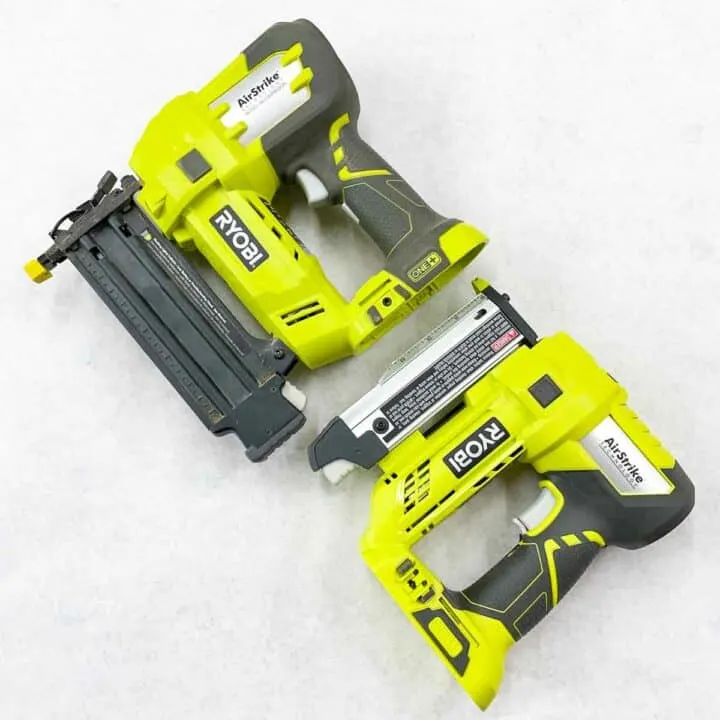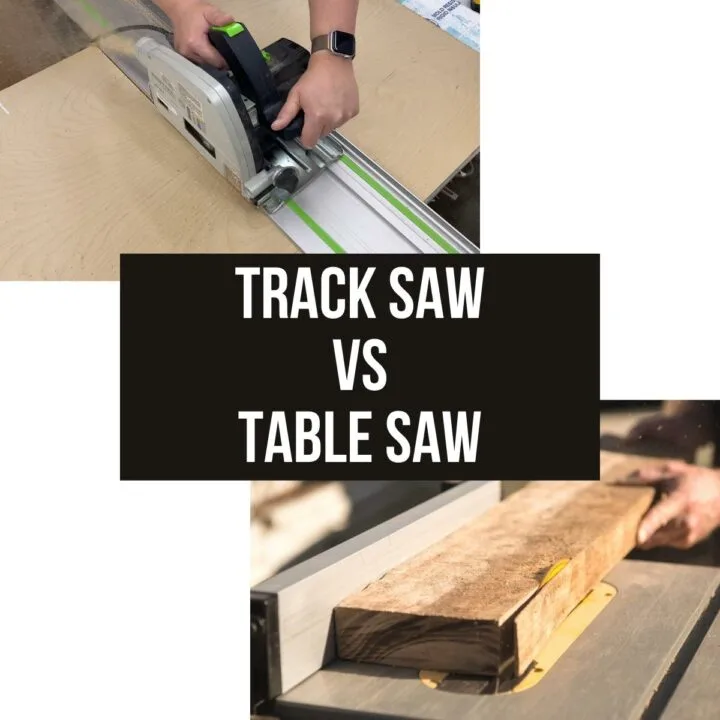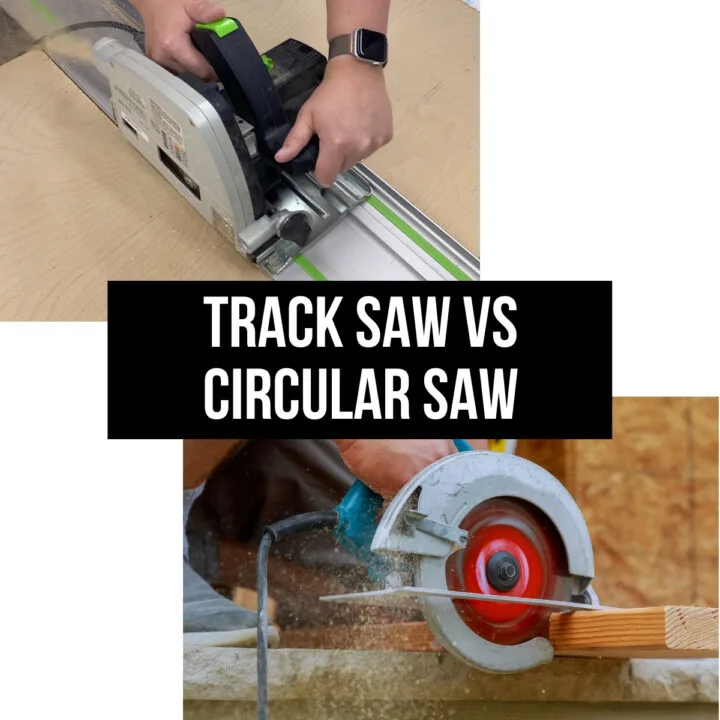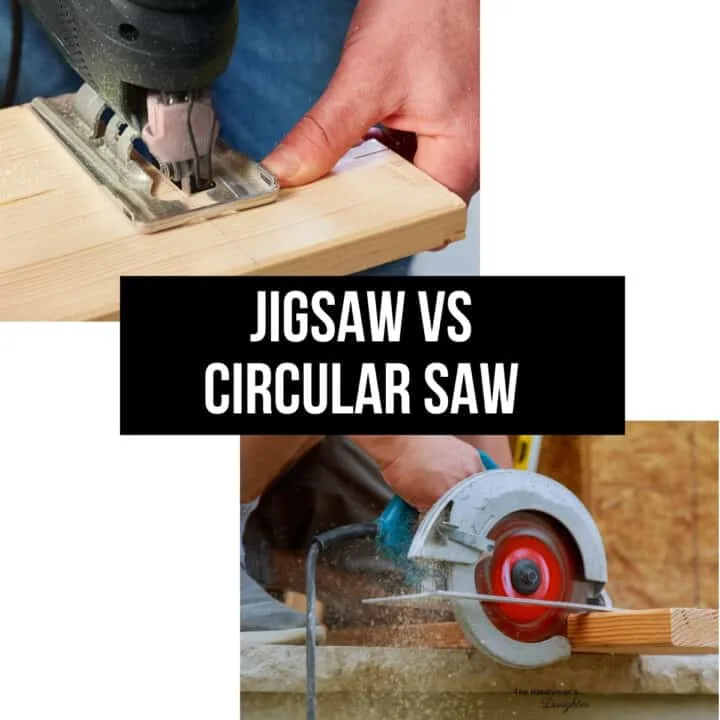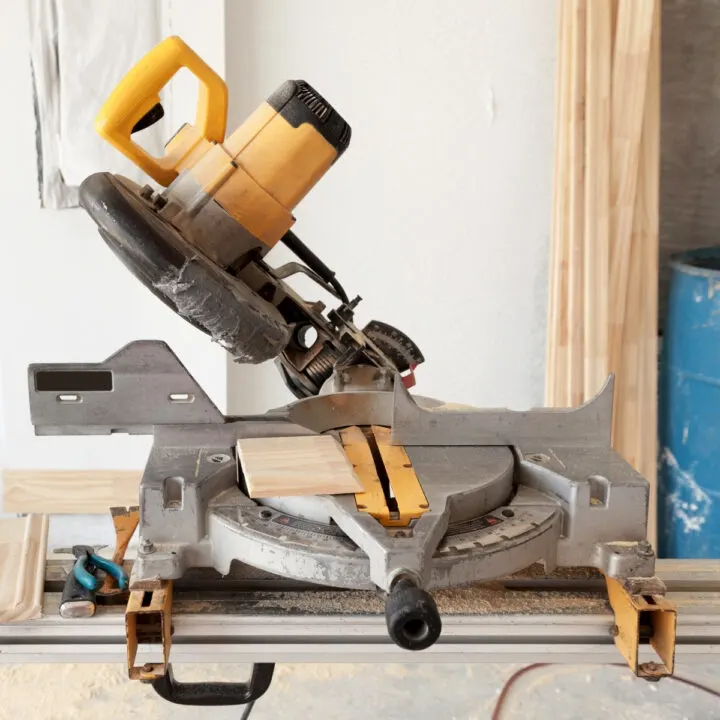Suck up sawdust at the source! Learn the difference between a dust collector vs shop vac vs dust extractor so you can choose the right one for your workshop!

Are you struggling to decide between a shop vac vs dust collector? What the heck is a dust extractor, and is it different from the other two? Do you need all three in the workshop?
Currently, I have a smaller wall mount dust collector for larger stationary woodworking tools, a dedicated shop vac under my miter saw station, and a dust extractor for smaller handheld power tools. I also have an air filter hanging from a ceiling to catch the fine dust.
While the basic functions of these tools are all the same, they all work in different ways. Let's take a closer look at how they capture dust in a woodworking shop.
This post contains affiliate links for your convenience. Purchases made through these links may earn me a small commission at no additional cost to you. Please visit my disclosures page for more information.
What's the difference between a dust collector vs shop vac or dust extractor?
The dust collector is made specifically for a woodshop. Large dust collection systems can be installed with a 4" or 6" wide hose or ductwork attached to multiple tools at a time with blast gates to control the flow of air.
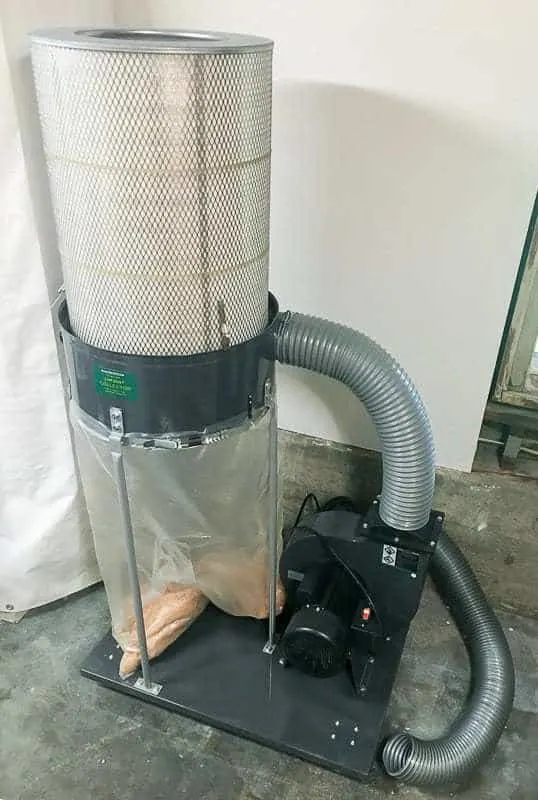
Shop vacs work well for general cleanup or removing dust from smaller tools. You can also use it like a regular vacuum for tasks like cleaning up your car, or as a wet vac to suck up water.
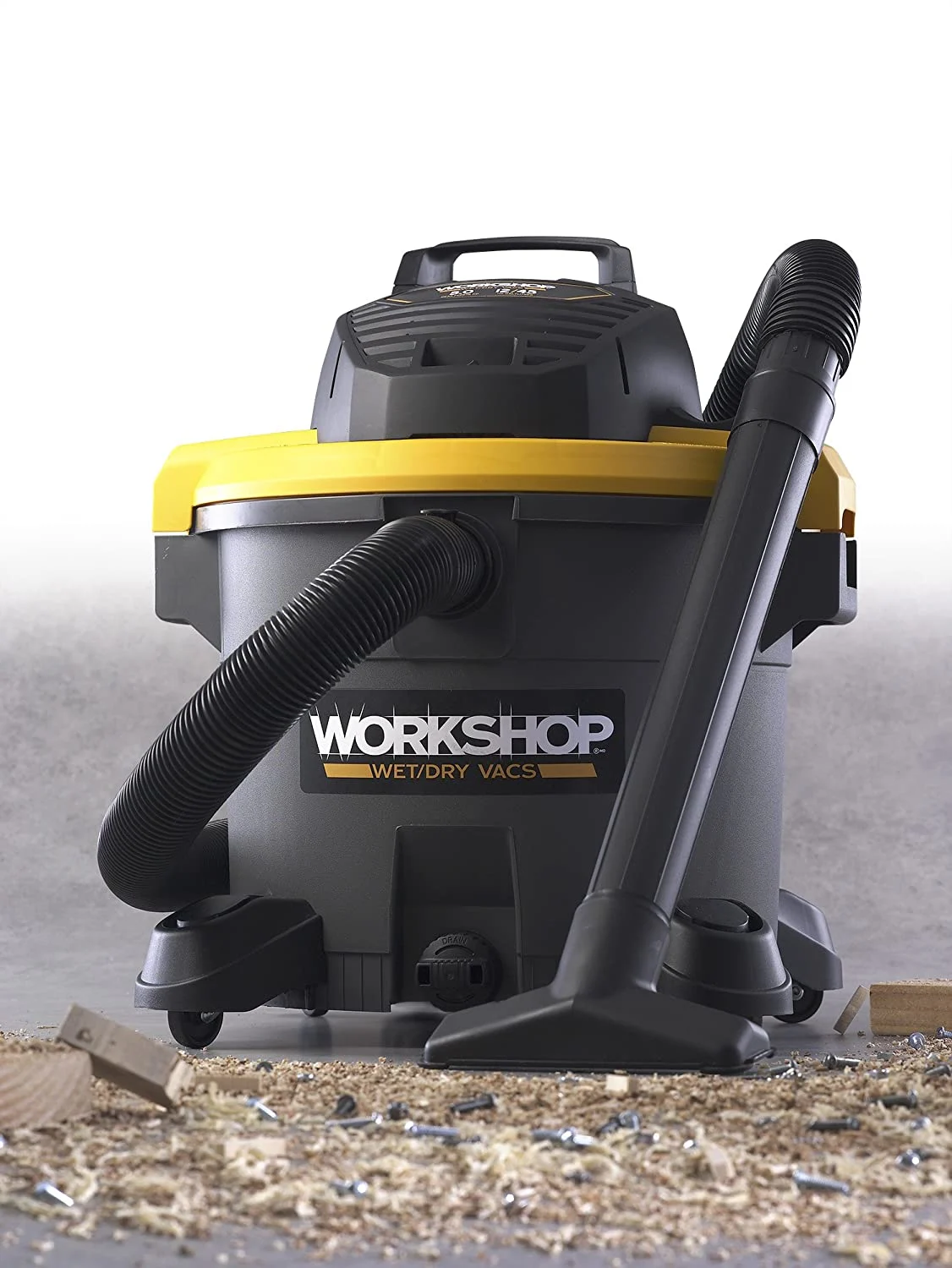
Technically speaking, the difference between a shop vac and a dust collector is:
- Shop vac is high suction, low air flow (which is why you can suck a screw right off the floor with the narrow hose).
- Dust collector is high air flow, low suction (which is why lighter sawdust and wood chips will float down the wide hose, but it can't pick up metal or large pieces).
A dust extractor is similar to a shop vac, but can move a larger volume of air. Dust extractors also have better filters, typically HEPA grade that traps airborne dust down to 0.3 microns. Consider it a portable dust collector that you can take with you to the job site!
What is a Dust Collector?
A dust collector is a vacuum device that removes sawdust from your workshop. Dust collectors come in many forms, but all have a larger hose than shop vacs and a more powerful motor.
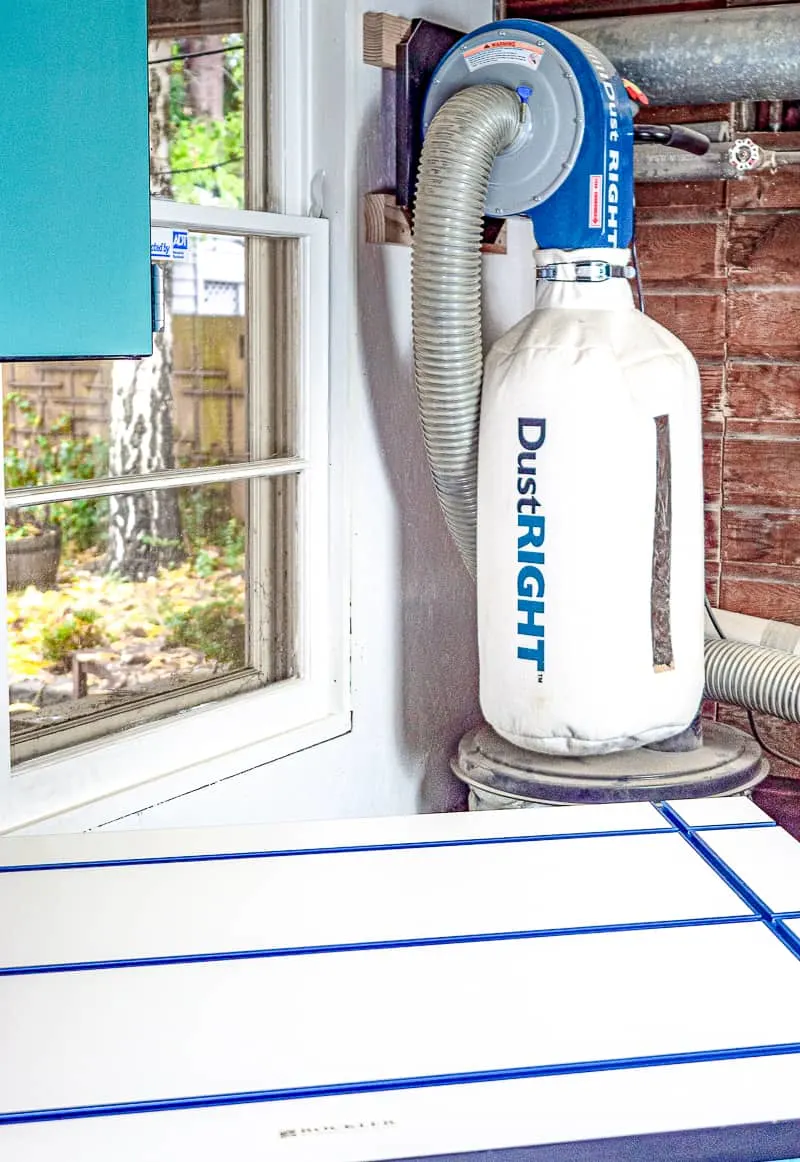
A single stage dust collector connects a stationary power tool directly to a powerful fan that deposits the wood dust into a bag. You can convert your one stage system into a two stage system with the addition of a cyclone dust separator, which collects most of the sawdust into a bucket so only the small particles are trapped by the filter.
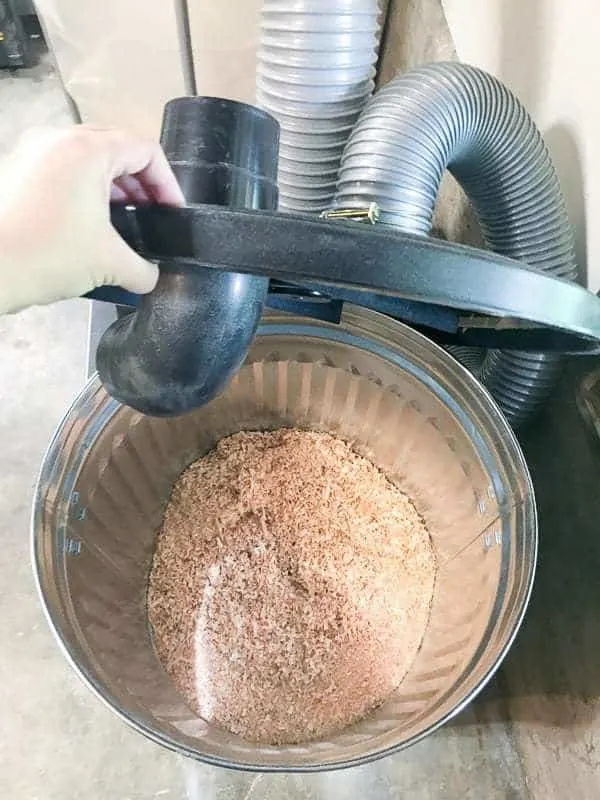
When Should I Use a Dust Collector?
If you have a workshop with large power tools, you should consider a dust collection system. Mine can connect to the router table, table saw or miter saw with a quick switch of the blast gate. The large hose for the table saw can also be connected to the jointer or planer.
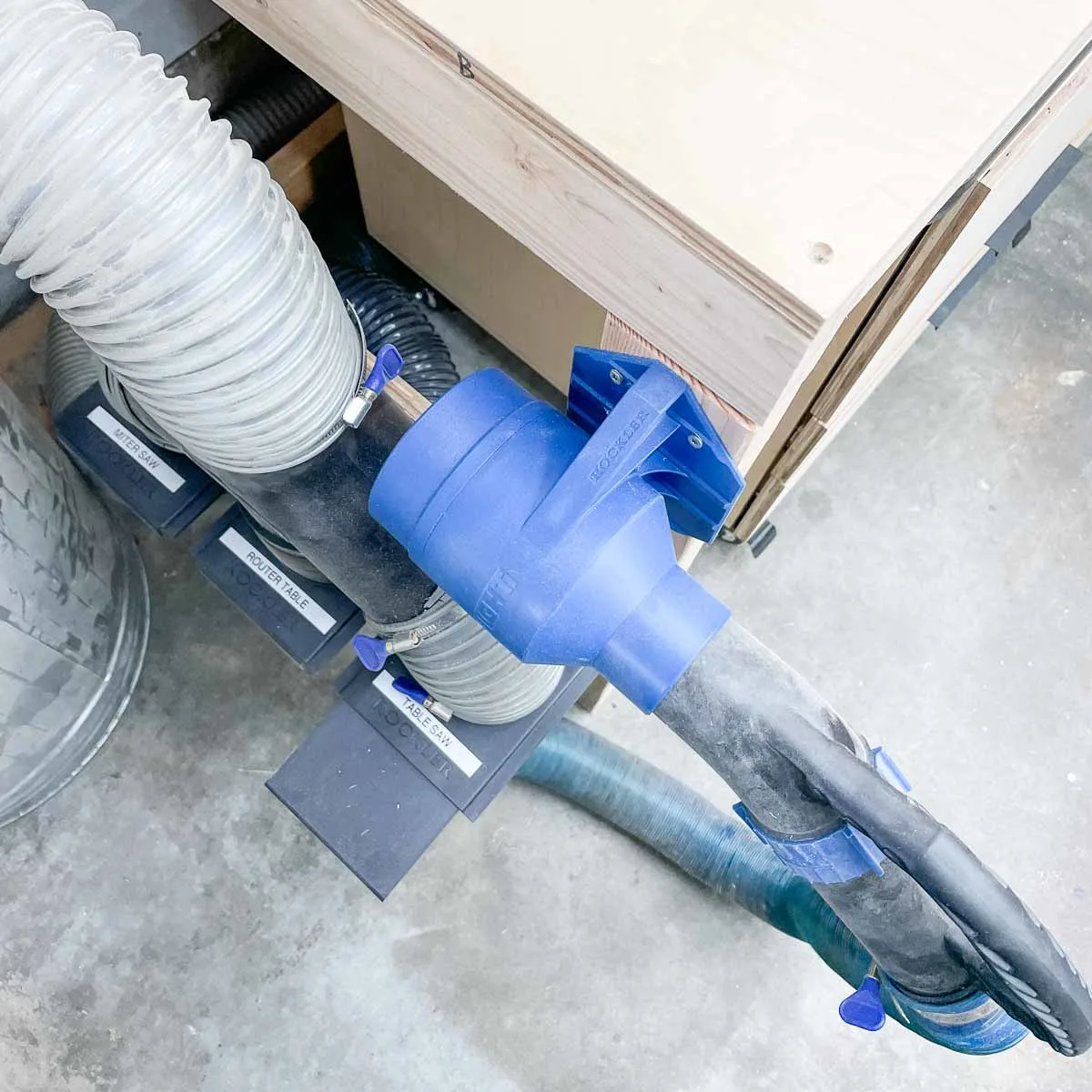
Here are several reasons why a dust collection system is so valuable:
- Safety. As I'm sure you're aware, breathing in dust particles isn't good for you. Controlling dust in the air and on the ground also prevents a fire hazard.
- Efficiency. Large power tools can produce a TON of sawdust that gets everywhere! If you control dust at the source, you'll find yourself cleaning up less often.
- Recycling. If you like finding ways to use sawdust, a dust collector makes this convenient.
However, you can't connect a small handheld power tool like a sander or circular saw to a large dust collector and expect it to work well. For that, you need the high suction power either a shop vac or a dust extractor.
What is a Shop Vac?
Most of us are familiar with the shop vac. This common garage tool is used for deep cleaning vehicles, sucking up puddles when the water heater springs a leak, or cleaning up all the dust from your latest woodworking project.
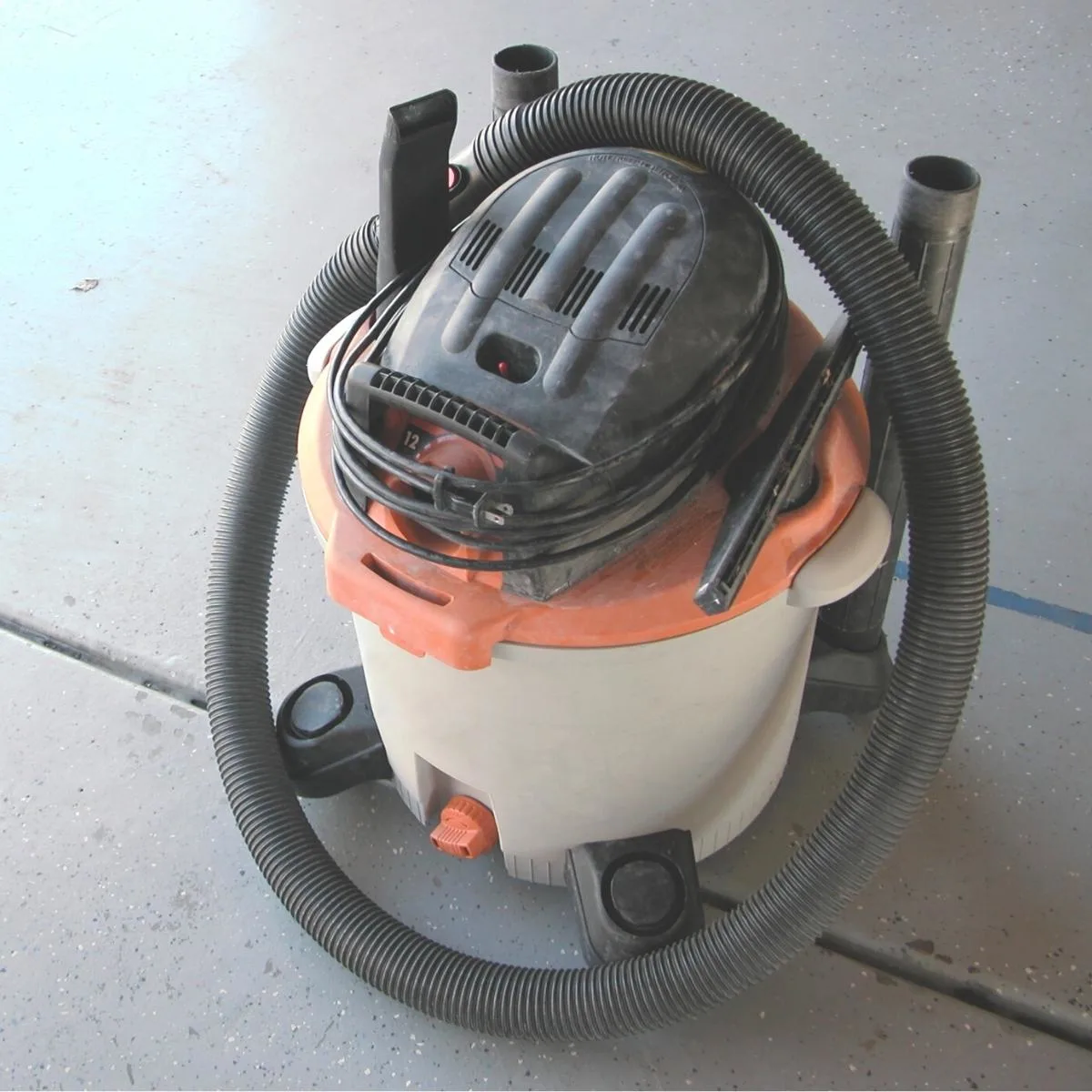
The shop vac can be attached to most large power tools, but it won't be as effective as a dust collector. You'll find yourself cleaning out the dust bag of even a huge shop vac much more frequently, especially with tools that create a lot of dust chips. You can add a cyclone separator to a shop vac to keep the filter cleaner and make it easier to dispose of sawdust.
A shop vac has stronger suction power than a dust collector, so it can suck up heavier objects such as screws or construction debris. This makes it a much more versatile vacuum that can be used for other messes around the house.
What is a dust extractor?
Dust extractors may look like fancy shop vacs, and in many ways, they are. You typically get a much better filter, adjustable suction strength and features like bluetooth or automatic start. A dust extractor is also quieter than a shop vac, which is great when you're working for a long time in an enclosed space.
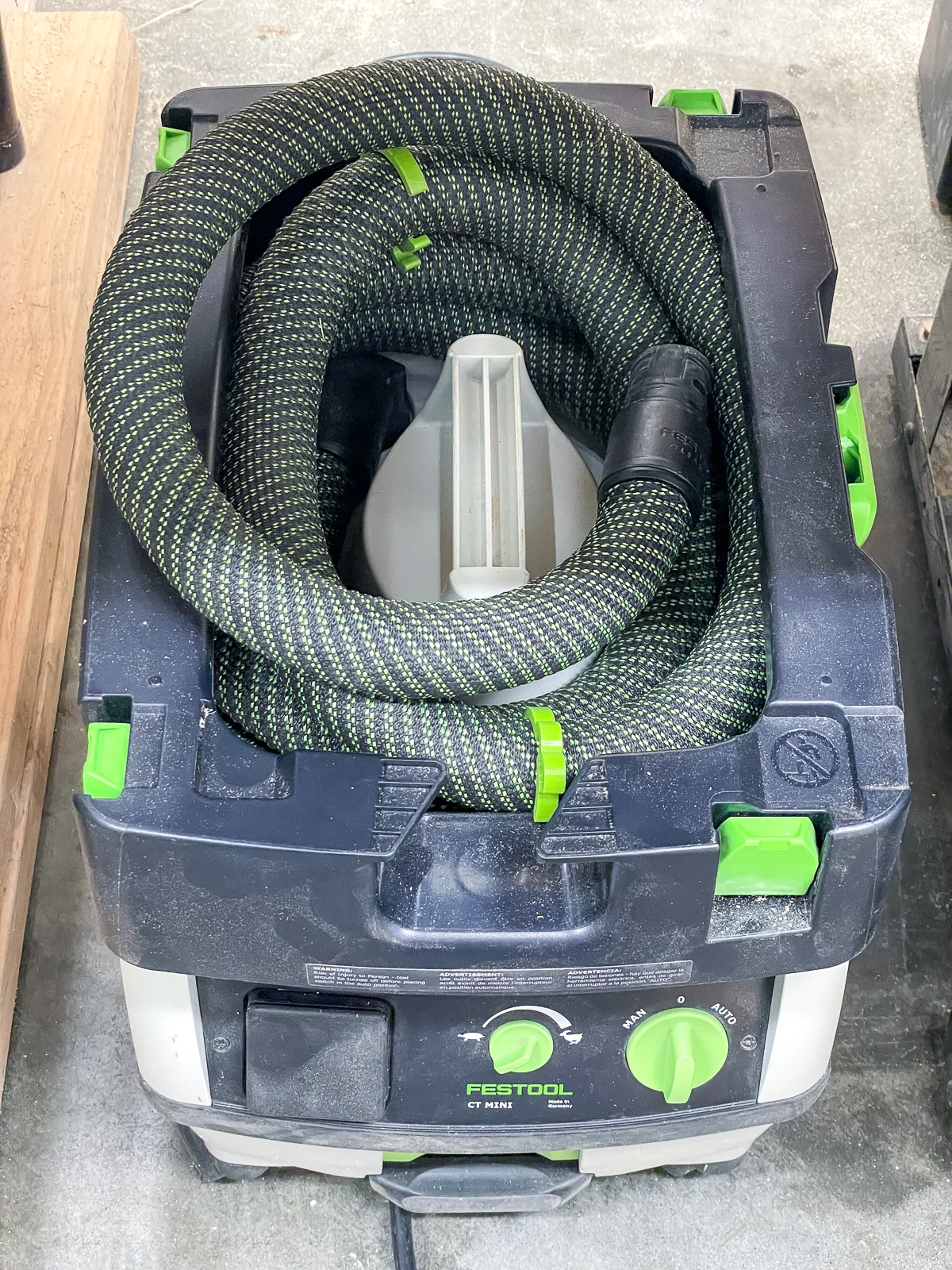
But is it worth the additional price? Honestly, I'm not 100% sure.
I'll admit that the main reason why I decided to buy a Festool dust extractor was its compatibility with my other Festool tools. I was tired of swapping adapters constantly, and the hose that comes with their dust extractor fits all their products.
It does a better job capturing dust than a shop vac, and it doesn't take up much space under my workbench. Plus, that constant high pitched whine of the shop vac has been replaced by a much lower hum that doesn't bother my ears as much!
Hopefully this article helped clear up any confusion about the difference between a dust collector vs shop vac! Both are great tools to have in the workshop, and help cut down on the amount of dust floating into your lungs and making a mess!
Check out these other tool comparisons!


